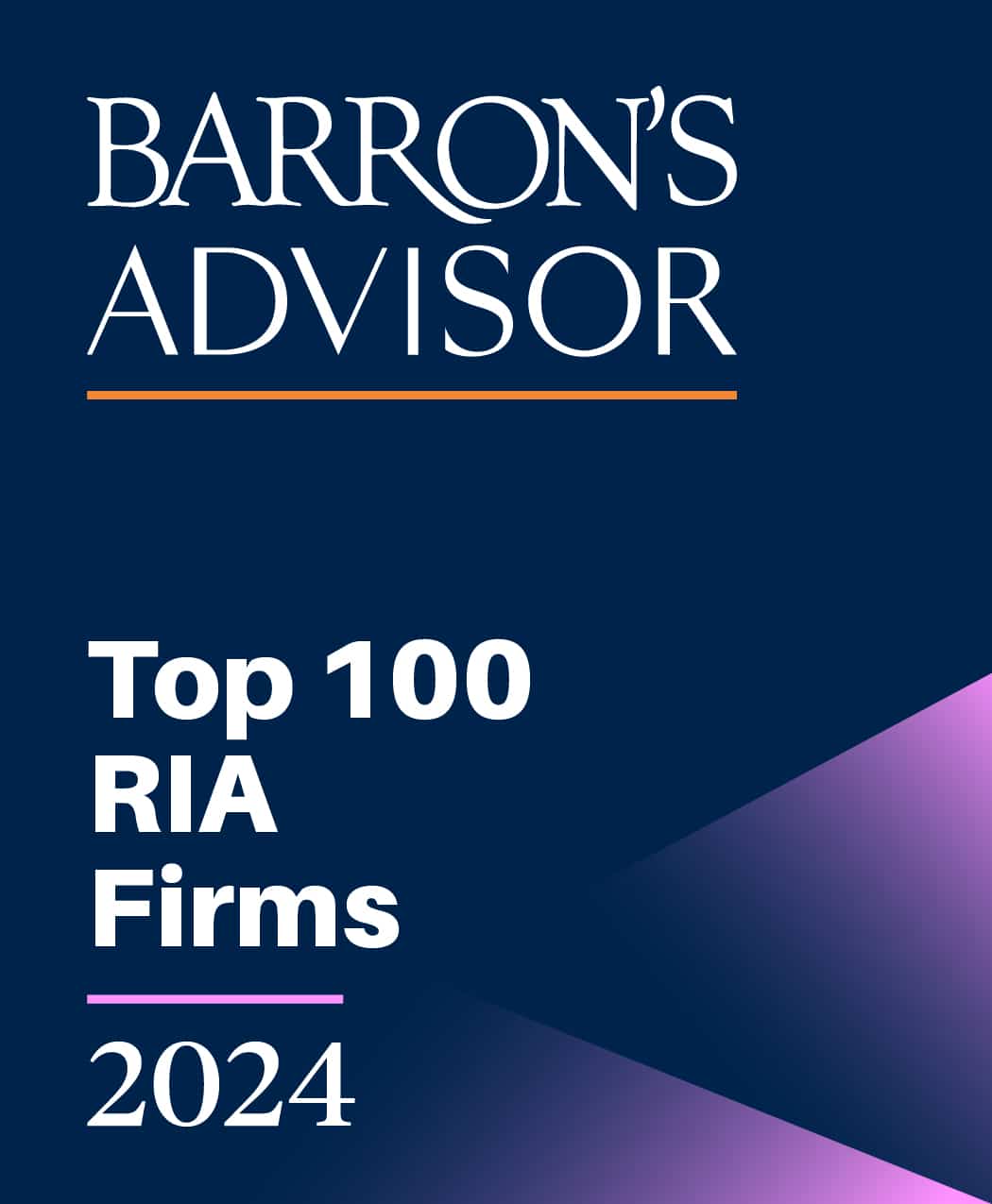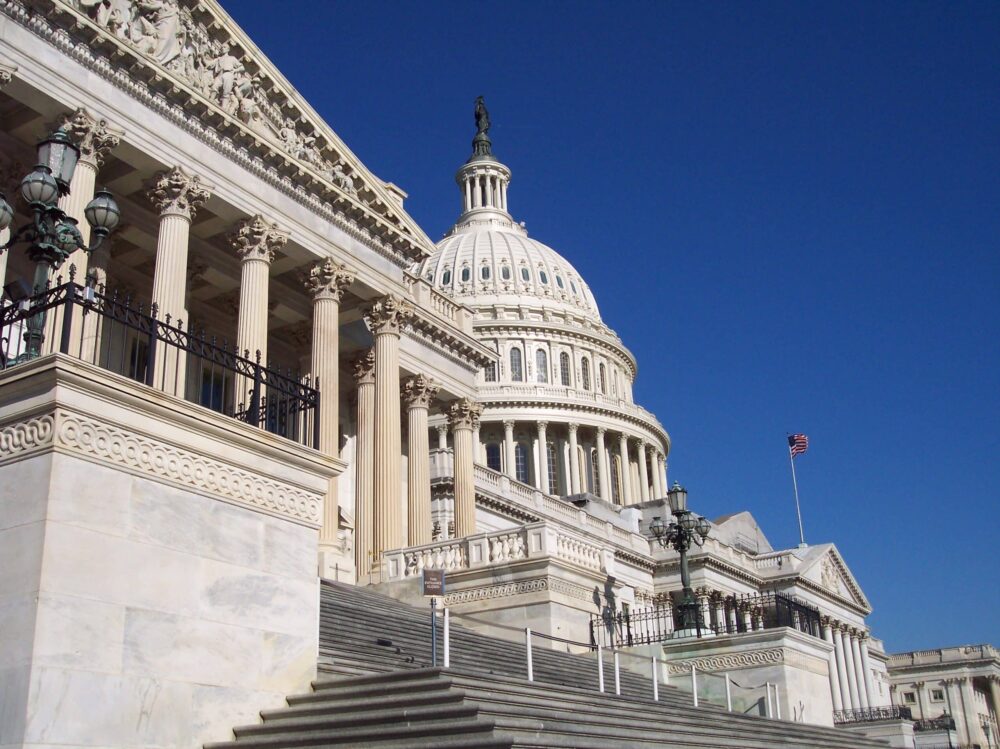On July 4, 2025, President Trump signed into law a sweeping bill commonly known as the “One Big Beautiful Bill Act” (OBBBA). However, a more fitting name for the legislation may have been the “Tax Reforms Universally Made Permanent” Act because (in addition to allowing for a clever acronym) the most significant aspect of this legislation is that it makes permanent the individual income tax provisions of the Tax Cuts and Jobs Act (TCJA) which Trump championed during his first term as president. The TCJA permanently lowered the corporate tax rate to 21%, but all of the individual tax provisions were set to expire at the end of 2025. For background on why the individual tax provisions weren’t made permanent under the TCJA, see Election 2024 – Tax Policy Outlook.
Below is an overview of some of the key TCJA tax provisions that were made permanent as well as some new provisions enacted under the OBBBA.
Individual Provisions
Standard vs Itemized Deductions. Taxpayers can elect to take either the standard deduction or itemized deductions. Beginning in 2025 the standard deduction is permanently increased to $15,750 for single filers and $31,500 for MFJ and indexed for inflation. The increased standard deduction significantly reduces the number of taxpayers who itemize, but there were also changes to itemized deductions including the following:
- For 2025-2029, the state and local tax (SALT) deduction limit for individuals increases from $10,000 to $40,000 with 1% annual increases, but beginning in 2030, the cap permanently reverts to $10,000. In addition, the increased SALT deduction limit is phased out for taxpayers with AGI over $500,000. There is no SALT deduction limit for pass-through entities that elect to pay tax at the entity level.
- Beginning in 2026, itemized charitable deductions are allowed only for charitable contributions to the extent they exceed 0.5% of AGI.
- Beginning in 2026, the existing reduction to itemized deductions for taxpayers with AGI above a certain limit (the Pease limitation) is replaced with a uniform cap under which itemized deductions for taxpayers in the 37% bracket are reduced by 2/37, limiting them to a $0.35 tax benefit per $1 deducted.
Below-The-Line Deductions. There are a number of new or expanded tax provisions available to both itemizers and non-itemizers. These are referred to as below-the-line deductions because they do not impact adjusted gross income (AGI). Below are the key provisions:
- For 2025-2028, seniors age 65+ are eligible for an additional $6,000 deduction. This deduction is phased out for taxpayers with AGI over $75,000 for single filers and $150,000 for married filing jointly (MFJ).
- For 2025-2028, taxpayers may deduct up to $10,000 of interest on new car loans on US-assembled passenger vehicles. This deduction is phased out for taxpayers with modified AGI in excess of $100,000 ($200,000 for MFJ).
- For 2025-2028, taxpayers may deduct up to $25,000 for qualified tips and up to $12,500 ($25,000 for MFJ) of qualified overtime income. This deduction is phased out for taxpayers with AGI over $150,000 ($300,000 for MFJ).
- Beginning in 2026, taxpayers may take a charitable deduction of up to $1,000 ($2,000 for MFJ) for charitable contributions of cash. Contributions to supporting organizations and donor advised funds are not eligible for the deduction.
Tax Credits. The OBBBA expands and adds certain tax credits but eliminates others. Below is an overview of the changes:
- Beginning in 2025, the child tax credit is made permanent and increased to $2,200 per qualifying child, indexed annually for inflation. This credit is phased out for taxpayers with AGI over $200,000 ($400,000 for MFJ).
- The clean vehicle credit of up to $7,500 for new vehicles is eliminated on 9/30/2025.
- The previously owned clean vehicle credit for up to $4,000, the energy efficient home improvement credit for up to 30% of qualified improvements up to a $1,200 annual limit, and the residential clean energy credit for 30% of qualified clean energy expenditures are eliminated on 12/31/2025.
- The credit for qualified new energy efficient homes for up to $5,000 per home is eliminated on 6/30/2026.
Alternative Minimum Tax (AMT). The increased AMT exemption amounts are made permanent but with an increased phase-out rate. AMT is a parallel tax calculated at a flat rate based on AMT taxable income, which is a taxpayer’s AGI plus certain preferential tax items that are not included for purposes of the regular tax calculation (including the difference between exercise price and fair market value on exercised Incentive Stock Options (ISOs)). The increased AMT exemption significantly reduces the number of taxpayers subject to AMT, but taxpayers with unexercised ISOs should be aware of how exercising the options could impact AMT.
529 Qualified Expenses. For distribution made after July 4, 2025, the definition of “qualified expenses” is expanded to include qualified postsecondary credentialing expenses and certain expenses in connection with attendance at an elementary or secondary public, private, or religious school. Beginning in 2026, the annual distribution limit for primary and secondary education expenses increases from $10,000 to $20,000 per beneficiary.
Qualified Opportunity Zones (QOZs). The OBBBA establishes a permanent QOZ policy, which will go into effect in 2027. Investment in QOZs can allow for the deferral and partial elimination of capital gains.
Estate and Gift Tax. The estate and gift tax exemption amount is permanently increased to $15M per person in 2026 and will be indexed annually for inflation.
Business Provisions
Qualified Business Income (QBI). The ability for owners of pass-through businesses to deduct up to 20% of their QBI is made permanent.
Qualified Small Business Stock (QSBS). Business owners may exclude a portion of their gain on the sale of QSBS acquired after July 4, 2025: 50% exclusion if held for three years; 75% exclusion if held for four years; and 100% exclusion if held for five years or more. The OBBBA also increases the eligibility limit on the corporation’s aggregate gross assets at the time of issuance from $50M to $75M.
R&E Expensing and Bonus Depreciation. Beginning in 2025, businesses can immediately expense all domestic research and experimental costs and are allowed an immediate 100% bonus depreciation expense for the purchase or construction of manufacturing facilities that meet the requirements for qualified production property.
Conclusion
This piece focuses on the more significant OBBBA provisions impacting individuals, but coming in at nearly nine hundred pages, the OBBBA is an enormous piece of legislation that contains other provisions that may be important to specific individuals. As with any significant legislation, it is important to discuss the changes with your financial advisor to determine how they may impact your personal plan.
If you have any questions or would like to discuss further, please reach out to your client service team, or call 404.264.1400. You can also visit us on the web at HomrichBerg.com.
Important Disclosures
This article may not be copied, reproduced, or distributed without Homrich Berg’s prior written consent.
All information is as of date above unless otherwise disclosed. The information is provided for informational purposes only and should not be considered a recommendation to purchase or sell any financial instrument, product or service sponsored by Homrich Berg or its affiliates or agents. The information does not represent legal, tax, accounting, or investment advice; recipients should consult their respective advisors regarding such matters. This material may not be suitable for all investors. Neither Homrich Berg, nor any affiliates, make any representation or warranty as to the accuracy or merit of this analysis for individual use. Information contained herein has been obtained from sources believed to be reliable but are not guaranteed. Investors are advised to consult with their investment professional about their specific financial needs and goals before making any investment decision.
©2025 Homrich Berg.


